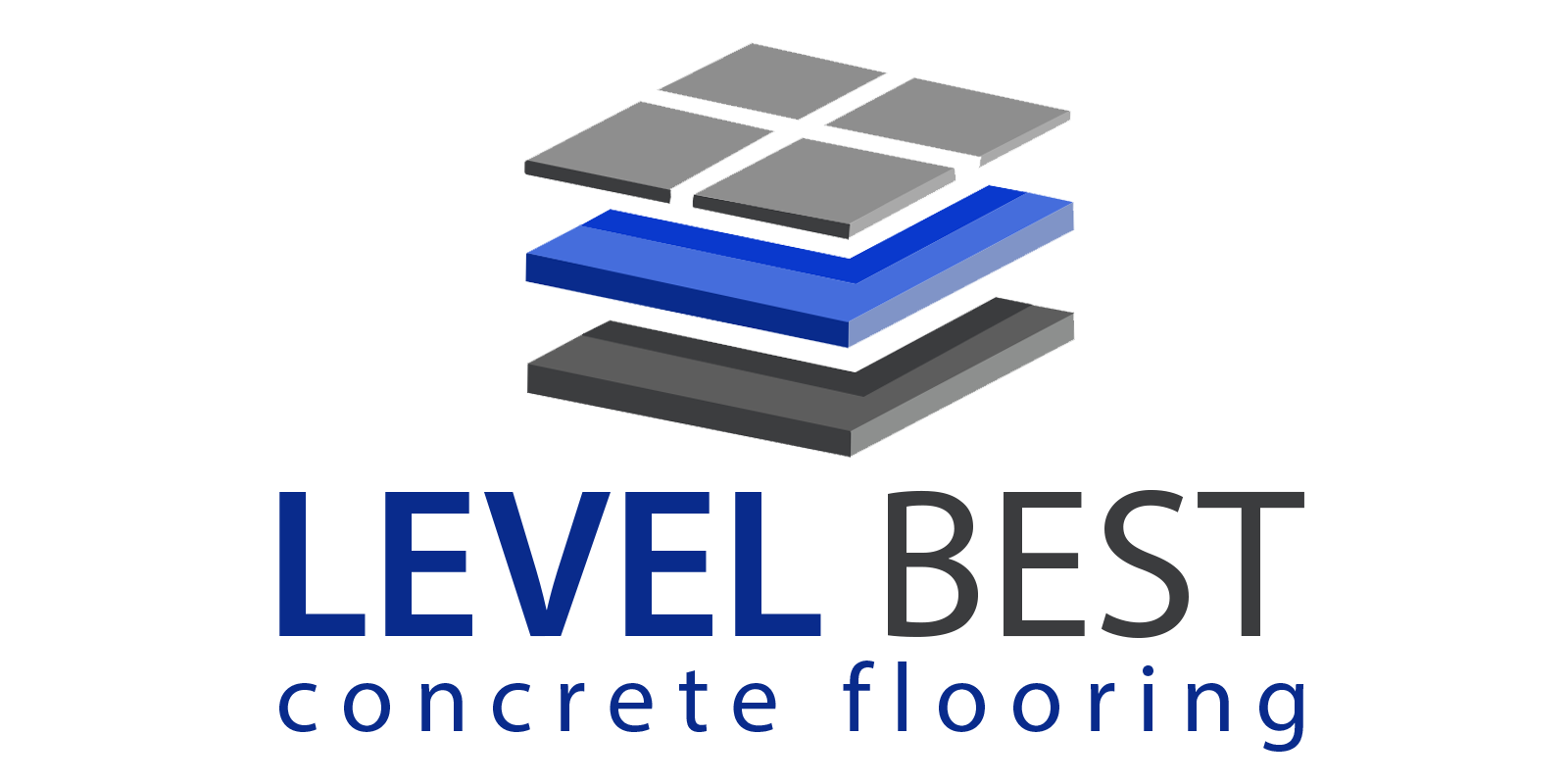Colour and Appearance of Concrete Floors with or without dry shake toppings
Concrete floors are constructed primarily from naturally occurring materials and finished by techniques that cannot be controlled as precisely as would be expected in a factory production process. Good materials and workmanship may reduce variation in colour and appearance, but they will not eliminate them from the final appearance of a floor and never will be as uniform as an applied coating. Some features of concrete floors that are visible in the first few weeks after it has been cast relate to the early drying of the floor and become less visible with time.
Trowel marks and discolouration caused by the finishing process are related to normal variations in concrete setting, the visual impact f which will usually reduce significantly with time.
Excess Curing compound or overlapping layers of curing compound cause darker areas. These wear and disappear with time without adverse effect on the surface.
Some floors are constructed with a “dry shake topping” as a monolithic thin layer – see section 10.4. These sometimes include pigments to give colour to the finished surface and, if a light coloured dry shake topping is used, improve light reflectivity, see figure 2.1. These do not give the uniformity or intensity of colour of a painted finish or applied coating and the same considerations apply to these finishes as to ordinary concrete. Floor users are recommended to inspect in – use existing floors to evaluate the benefits of such finishes and the effects that can be achieved.
Concrete incorporating a trough – colour pigment may be used, but variations in colour can be expected.
For bold and consistent colour it is necessary to use a surface coating. Coating will degrade depending on the type and usage and therefore may need replacement during the life of the building.
Grinding can be used to improve surface regularity or to remedy light surface damage. This will not usually effect the use of the floor but will affect its appearance. It will wholly or partially remove any surface treatment such as a dry shake topping.
TR34 2013 edition extract relating to dry shake toppings
Dry-shake toppings are dry blends of cement, fine aggregates, admixtures and sometimes pigments. They are usually factory blended and supplied in bags. They are commonly used to provide colour and r help suppress fibres at the surface.
Dry-shake toppings depend upon bleed water from the underlying concrete for hydration and for them to be worked monolithically into the base concrete. Although excess bleed water should be avoided by appropriate mix design, it is equally important to have enough moisture at the surface when dry-shake materials are applied. If there is insufficient bleed water available to wet the dry-shake, there is a high risk of delamination.
When a coloured floor is required, the appearance of a small laboratory sample-produced samples will not be representative of the finished floor. The colour of a concrete with a coloured dry shake topping is more variable than a resin coating or other applied coatings such as floor paint – see section 2.4
